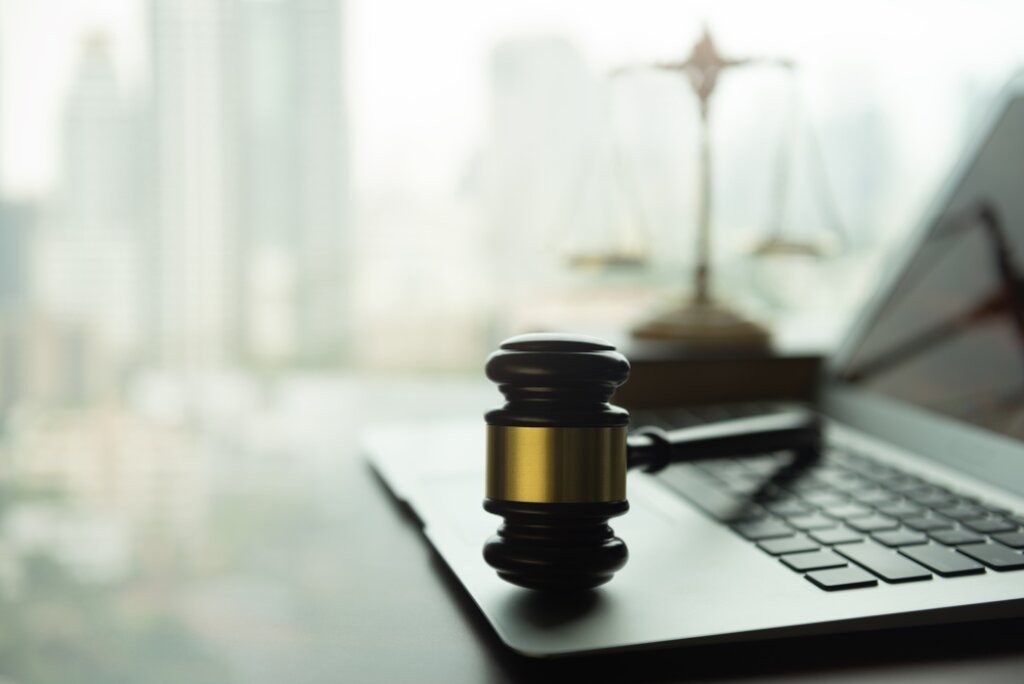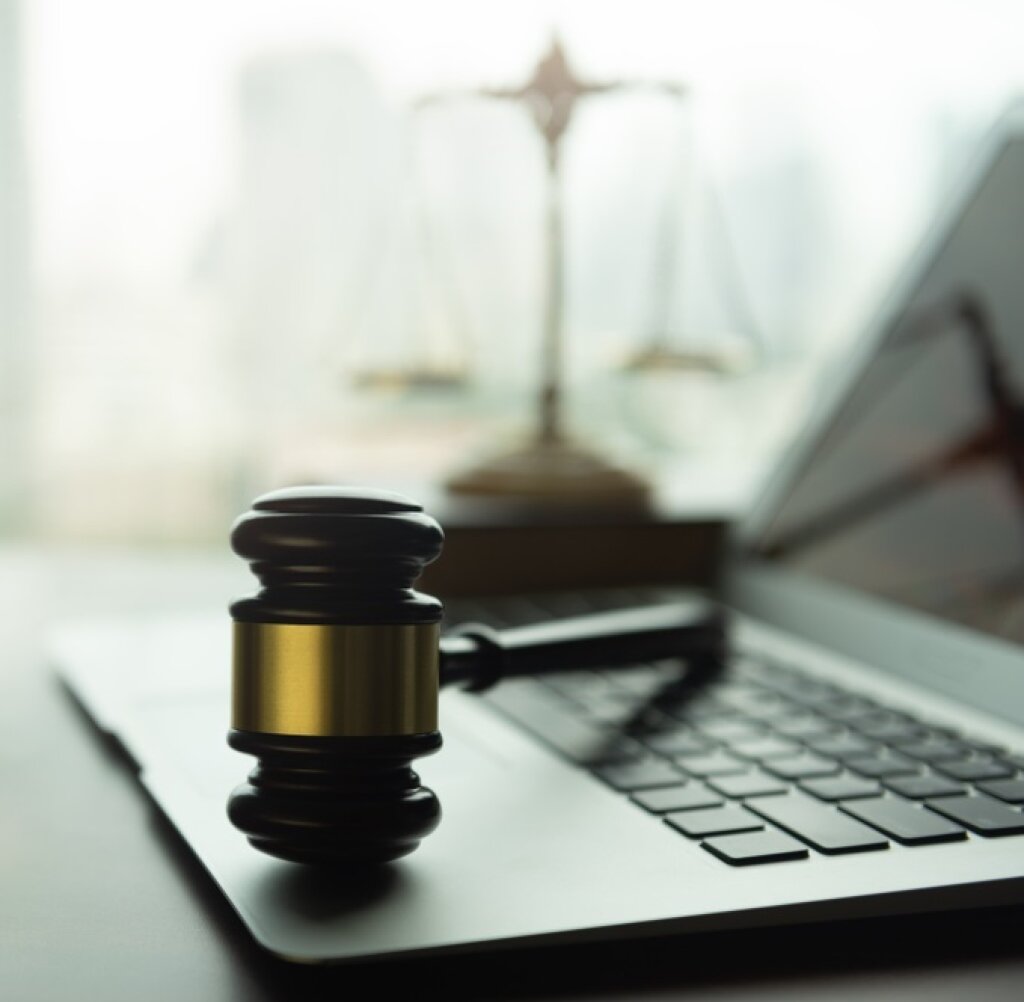What is a law enforcement agency?
A law enforcement agency is a government organisation responsible for maintaining public order, enforcing laws and preventing and investigating crimes. These agencies, such as police departments or federal investigators, uphold legal standards, protect citizens and ensure justice through various investigative and enforcement activities.
Face blur: law enforcement agencies
When it comes to face blurring for law enforcement agencies, the core objective is to balance privacy concerns with the need for transparency and the dissemination of information to the public.
Here are some key considerations:
Privacy laws and regulations
Different regions have varying laws regarding the privacy of individuals in public spaces and in law enforcement footage. Understanding these is crucial.Ethical concerns
Blurring faces can help to protect the identity of innocent bystanders, victims and minors. It is essential to ensure that blurring is carried out ethically and does not impede justice.Accuracy
The blurring technology should identify faces accurately to avoid blurring the wrong parts of the image or missing faces that should be blurred.Efficiency
Law enforcement agencies often deal with large volumes of footage. The blurring process needs to be efficient to handle the scale of footage.Chain of custody
Ensuring that the footage Is not tampered with and remains authentic throughout the blurring process is critical for maintaining its admissibility in court.

How does face blurring help law enforcement agencies?
Face blur redaction software plays a crucial role in safeguarding individual privacy, maintaining confidentiality and upholding legal compliance standards for law enforcement agencies. Here are some key points highlighting the importance of face blur redaction software in agency operations:
Protecting personal privacy
Face blur technology helps to protect the identities of individuals captured in surveillance footage, witness interviews and sensitive investigative materials. By anonymising faces, law enforcement agencies can prevent unauthorised access to personal information and ensure the privacy rights of those involved in criminal investigations.
Anonymising faces provides a way to safeguard the privacy and civil liberties of individuals. Law enforcement officers, bystanders and suspects captured on CCTV or body worn cameras have a reasonable expectation of privacy in public spaces and during interactions with the police.
Anonymisation helps to preserve privacy and prevents the unintended exposure of people’s identities in the public domain.
Compliance with data protection laws
Face blur redaction software enables law enforcement agencies to comply with data protection regulations such as the General Data Protection Regulation (GDPR) and the Health Insurance Portability and Accountability Act (HIPAA).
By obscuring faces in video evidence, agencies mitigate the risk of privacy violations and avoid potential legal repercussions related to the unauthorised disclosure of personal data.
Preservation of evidence integrity
Face blur technology helps to maintain the integrity and authenticity of video evidence by protecting the identities of individuals who are not relevant to ongoing investigations. By redacting faces in crime scene footage or witness testimonies, law enforcement agencies can prevent bias, maintain objectivity and ensure the credibility of visual evidence presented in court proceedings.
Enhancing public trust
The use of face blur redaction software demonstrates a commitment to transparency, accountability and ethical practices within law enforcement agencies.
By implementing robust privacy protection measures, including facial anonymisation in video content, agencies can build trust with the community, improve public perception and foster positive relationships with stakeholders, which contributes to a more accountable and just criminal justice system.
When individuals know that their identities will be protected through anonymisation processes, they are more likely to cooperate with law enforcement agencies, share information and engage with the justice system confidently.
Facilitating secure information sharing
Face blur technology enables law enforcement agencies to share redacted video footage with external parties, such as legal counsel, expert witnesses and other law enforcement agencies, without compromising the privacy of individuals depicted in the recordings.
Secure sharing mechanisms provided by face blur redaction software ensure that sensitive information remains confidential and inaccessible to unauthorised users, which enhances collaboration and information exchange in investigative processes.
Operational security
Blurring faces is crucial for safeguarding the identities of undercover officers and confidential informants to ensure their safety and the integrity of ongoing investigations.
Blurring can also protect the identities of victims and witnesses to reduce the risk of retaliation and ensure their willingness to cooperate with law enforcement agencies.
Investigative integrity
Face blurring makes it possible to highlight key information. By blurring irrelevant faces, investigators can focus on crucial elements in video footage, such as the actions of suspects, while maintaining the privacy of bystanders.
Blurring non-essential faces helps to reduce distractions during the review and analysis of surveillance videos.
Practical applications
When releasing footage to the media or public, blurring faces ensures that privacy is maintained while still providing the necessary information to the public.
In cases where public assistance is being sought (for example, to identify suspects), blurring the faces of uninvolved individuals enables the public to assist without compromising the privacy rights of others.
Blurring faces in training videos helps to create realistic scenarios for law enforcement personnel while protecting the identities of those involved.
Lawyers and attorneys: face blurring
Lawyers and attorneys must protect information relating to a client as it is solely their property. Failure to blur out the information in confidential recordings breaches the American Bar Association’s rule on safeguarding client property.
Anonymising faces and other personally identifiable information prevent the disclosure of private information, trade secrets, classified data and other privileged details that should not be made public.
The fundamental objective is to strike a balance between transparency and protecting sensitive information.
Face blur capabilities are essential for law enforcement agencies
The adoption of face blur redaction software is essential for law enforcement agencies to uphold ethical standards, protect individual privacy rights, ensure compliance with data protection laws, and to maintain the integrity and credibility of video evidence throughout investigative and legal proceedings.
Advances in law enforcement face blurring
One significant advancement in face blur technology for law enforcement agencies is the development of real-time facial recognition and tracking algorithms integrated with video redaction software.
These advanced systems can automatically detect and blur faces in live surveillance feeds or recorded footage, to ensure the anonymity of individuals captured on camera while preserving the integrity of investigative materials.
Another notable innovation is the use of deep learning-based facial recognition models to enhance the accuracy and efficiency of face blur tools for law enforcement applications. By leveraging deep learning techniques, software solutions enable law enforcement agencies to comply with privacy regulations and safeguard sensitive information during criminal investigations.
Advancements in face blur technology for law enforcement agencies demonstrate how cutting-edge algorithms are revolutionising the way law enforcement professionals anonymise identities in video footage, protect privacy rights and ensure compliance with confidentiality standards in criminal justice proceedings.
Face blur implementation steps
Facit is a specialist and global leader in post-event and real-time redaction solutions. Contact Facit and we will help you to work through your implementation steps.
Identify the requirement
Determine the volume of data, the number of faces typically present, and specific redaction requirements based on local laws.Choose the right redaction tool
Based on the requirements, choose a redaction tool that best fits the needs of the agency.Set up workflow
Integrate the redaction tool into your workflow and ensure that it can handle data volumes and meets legal standards.Training and testing
Train personnel on how to use the redaction tool and test it with various types of footage to ensure accuracy and efficiency.Deploy and monitor
Deploy the solution and monitor its performance continuously. Make adjustments as necessary to ensure ongoing compliance.



